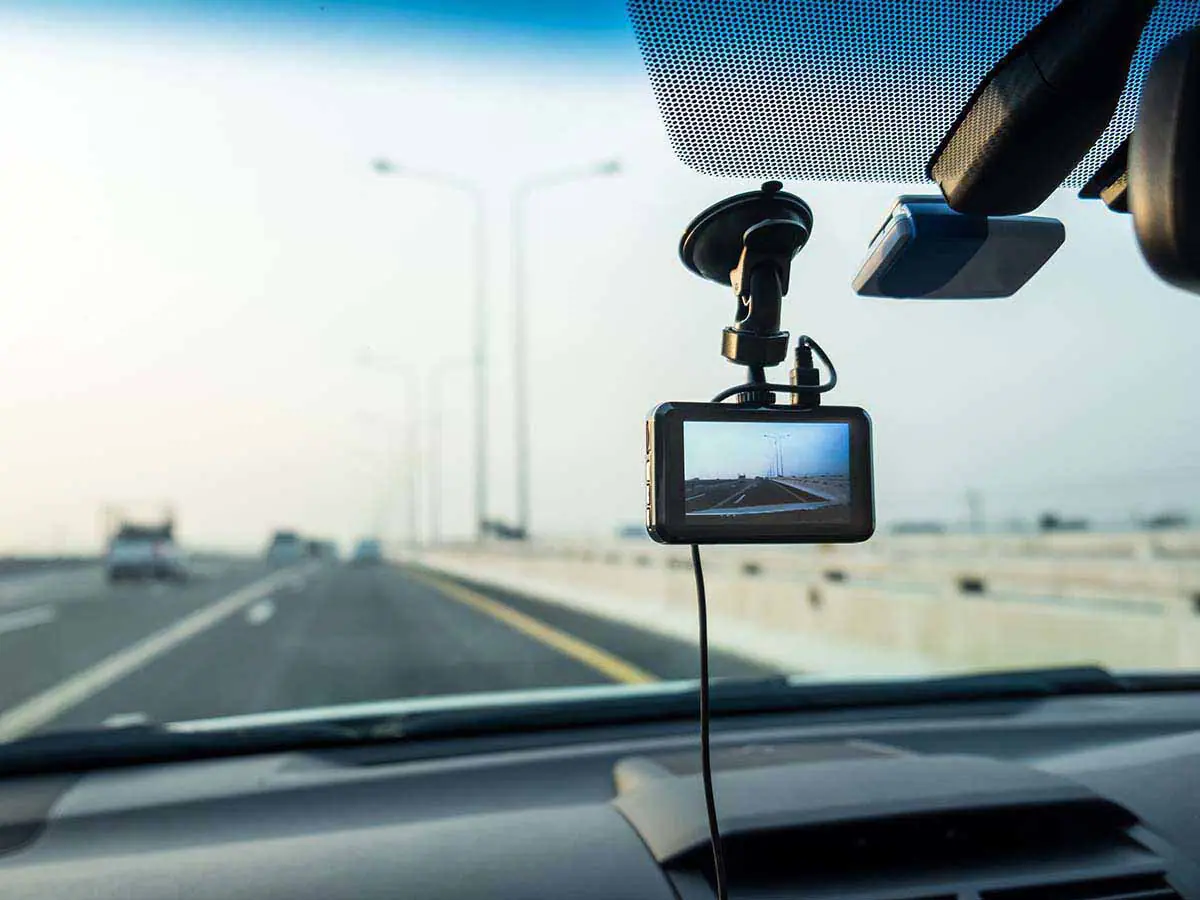Installing a car dash cam is one of the most effective ways to enhance road safety, capture driving footage, and add a layer of protection against theft or vandalism. However, many drivers wonder: Can a dash cam drain your car battery? The answer isn’t a simple yes or no—it depends on how the dash cam is powered, what features it uses, and whether your car is running or parked.
In this article, we’ll break down how dash cams interact with your vehicle’s electrical system, the risks of battery drain, and how to safely enjoy continuous recording—without compromising your car’s battery life.
Can a Dash Cam Drain Your Battery?
The short answer is: yes, under certain conditions.
Most dash cams only operate when the car is running, using power from the cigarette lighter or accessory port. In these cases, battery drain is not an issue.
However, dash cams that support parking mode can continue recording after the engine is turned off. This is where battery drain becomes a real possibility—especially if the camera is hardwired directly into the fuse box or connected to a constant power source.
Factors That Influence Battery Drain:
| Factor | Risk Level | Notes |
|---|---|---|
| Powering method | High | Hardwired or battery-powered dash cams can draw power when parked. |
| Battery condition | Medium | Older car batteries are more prone to draining. |
| Parking duration | High | Overnight or long-term parking with continuous recording increases the drain. |
| Weather | Medium | Cold temperatures make it harder for batteries to hold a charge. |
How Dash Cams Draw Power: Common Methods
1. Cigarette Lighter/ACC Power
This method is the safest for your battery—power is cut when the engine turns off. However, this setup doesn’t support parking mode.
2. Hardwire Dash Cam Kit
A dash cam hardwire kit allows you to connect your dash cam directly to the fuse box, enabling features like 24/7 parking surveillance. The V7 Pro Dash Cam supports this type of installation and includes voltage monitoring to automatically shut off if your battery drops below a safe level.
Not sure how to hardwire a dash cam? Check out our step-by-step guide to dash cam wiring for safe and effective installation.
3. Dedicated Dash Cam Battery Pack
If you’re concerned about battery drain, a dash cam battery pack or a battery-powered car camera is a great option. These units store energy while driving and power the dash cam when the engine is off—without touching your car’s battery.
Using Parking Mode Safely
A dashcam with parking mode is ideal for monitoring your vehicle when unattended. But leaving it on continuously can slowly drain your battery. To reduce the risk, look for dash cams with:
Voltage cut-off settings (like the V7 Pro’s battery protection function)
Motion or impact-triggered recording instead of constant recording
Optional timers to limit parking mode duration
For more on the benefits and settings of parking surveillance, explore our article on dash cam features that matter.
Does Cold Weather Affect Dash Cam Power?
Yes, particularly if your dash cam struggles to turn on when cold. Low temperatures can reduce your car battery’s effectiveness and increase the likelihood of startup issues—especially when combined with a power-hungry dash cam.
Choosing a reliable model like the V7 Pro, which includes intelligent power management and wide temperature resistance, helps maintain performance even in harsh climates.
How to Prevent Battery Drain from Dash Cams
If you’re worried your dash cam car setup might drain your battery, here are actionable tips:
Use a Dash Cam with Voltage Cut-Off
Ensure the dash cam or hardwire kit supports automatic power shutoff based on battery voltage.
Opt for a Battery Pack
A battery dash cam setup allows for parking mode recording without pulling power from the car.
Limit Recording Time in Parking Mode
Use scheduled recording or motion-triggered capture instead of 24/7 mode.
Keep Your Battery in Good Shape
An aging battery is more susceptible to draining, so regular maintenance is essential.
Learn How to Maintain Your Dash Cam
For maximum lifespan and efficiency, follow our guide on dash cam care and maintenance.
Conclusion
While dash cams can pose a risk to your car battery—especially when in parking mode—modern features and accessories, such as hardwire kits and battery packs, make it easy to use them safely. Whether you drive a 2011 Ford Mustang or a brand-new EV, installing a smart dash cam system can give you peace of mind without compromising your battery’s longevity.
For full functionality and battery-friendly operation, choose a dash cam with intelligent power management—like the SEEWORLD V7 Pro.
People Also Asks
It varies based on battery health and dash cam usage. A healthy car battery might power a dash cam in parking mode for 6–12 hours, but prolonged use without safeguards can cause a full drain.
Look for one with smart voltage protection, reliable motion detection, and high video quality—like the V7 Pro Dash Cam, which balances these features in a compact form.
For long-term use and full-featured parking mode, hard wiring a dash cam offers more control. But for battery health, a battery-powered dash cam or battery pack may be the safer choice.


